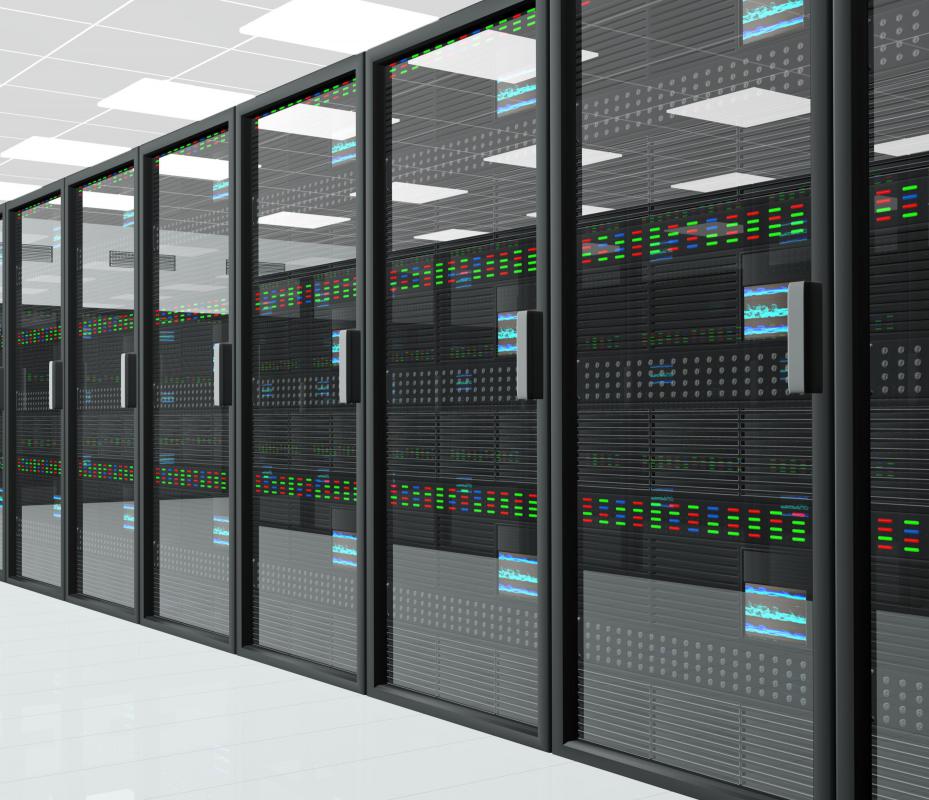
Cluster computing is the next big thing in the technological age. Cluster computing on the edge is a way of handling large computing workloads with specific applications in one particular and physically localized space.
Cluster computing requires the aid of a container management platform such as this that allows users and readers to manage thousands of edge-based clusters with ease and practicality.
While cluster computing was once only applied to cloud computing, changes in software and infrastructure have created a way for cluster computing to break through the cloud and become a personalized option for individuals everywhere.
Table of Contents
The What
Cluster computing on the edge requires an understanding of what “cluster computing” and “the edge” refer to in this sense. “The edge” refers to edge computing, which is essentially data processing that occurs on small devices or in a localized space near the “edge” of the network.
The smartphone exemplifies edge computing, which simultaneously completes multiple tasks in minimal, localized space.
Cluster computing refers to multiple computing devices connected and operating as one device. The clusters might be connected through various means, usually local area networks. With clustering on the rise, management tools that help condense and manage these devices are becoming increasingly popular.
The Why
Cluster computing is the next step towards rapid innovation and increased technological advancements in information services. With more tech-based businesses springing up worldwide, cluster computing creates a method for many companies to thrive and grow with the proper resources.
Formerly an innovation exclusive to the cloud, cluster computing has become increasingly available outside the cloud context. This innovation presents new opportunities for entrepreneurs and tech experts to change the way businesses operate.
The beauty of cluster computing is that it ensures the availability of applications and provides a way to manage a high workload effectively. The problem of overloading could practically disappear as cluster computing increases in popularity.
The How
So how does cluster computing work? Not all the details are precise, but there are fundamental truths about cluster computing that research and simple observation of the processes might discern.
Each machine within a cluster is called a node, and each node is connected. A primary node serves as the head of the cluster, while the other nodes work essentially to help the primary node.
The nodes are each responsible for performing various tasks, each geared toward the specific workload assigned to the cluster. The connection allows them to operate as one device, usually connected to one distinct network.
Final thoughts
With technology advancing and data science becoming increasingly popular, there’s no question that cluster computing will gain ground in the tech and business worlds.
Understanding how these tools operate and how they can be leveraged to benefit businesses of all kinds is vital for entrepreneurs who want to keep up with the ever-changing operational landscape.
Learning and growing in basic knowledge of cluster computing can be an incredible boost for business owners, technology students, and others who wish to compete in the economy. Knowing a thing or two about cluster computing can help individuals understand the importance of data science and how it affects their lives daily.